We’re excited to introduce you to the always interesting and insightful Ackeem Salmon. We hope you’ll enjoy our conversation with Ackeem below.
Alright, Ackeem thanks for taking the time to share your stories and insights with us today. Can you talk to us about how you learned to do what you do?
I learned to do what I do through a combination of formal education, self-directed learning, hands-on experience, and, perhaps most importantly, a willingness to embrace uncertainty and adapt across disciplines. My journey has never followed a straightforward path; instead, it has been shaped by curiosity, necessity, and the drive to create opportunities where none seemed to exist.
My initial exploration of the arts began at Meadowbrook High School in Kingston, Jamaica, where I was introduced to a critical examination of historical perspectives, music performance through voice and theatre, the sciences, and visual art. This early exposure laid the foundation for my interdisciplinary approach, allowing me to see how creativity and critical thinking could intersect in powerful ways. After sixteen years in Jamaica, I pursued formal training at the College for Creative Studies (CCS) in Detroit, Michigan, and the Paris College of Art in Paris, France, which deepened my understanding of visual storytelling, decolonization processes, and the intersections of design, history, and social impact. However, many of the skills I use today—particularly in research, curation, performance, and cultural strategy—I had to develop on my own through experimentation and real-world experience.
One of my greatest teachers has been necessity. As an artist navigating various fields—visual art, music, education, research, and cultural strategy—I often found myself in situations where I had to figure things out as I went. Whether it was learning how to write a grant proposal, develop large-scale public art initiatives, or navigate arts education policy, I had to be resourceful. Trial and error became one of my most valuable learning tools. My work on institutional projects such as the Charles H. Wright Museum of African American History’s Detroit Trees Project (2021–2023), the restoration of the Kiah House Museum in collaboration with the African Diaspora Museology Institute and Civis Foundation in Savannah, GA, and the University of South Florida National R.E.A.C.H. Initiative, among others, has required—and continues to require—me to develop and implement high-level skills in strategic planning, interdisciplinary research, and intentional community engagement. These experiences have sharpened my ability to merge artistic practice with policy, education, and institutional frameworks to create meaningful cultural initiatives.
Knowing what I know now, I could have sped up my learning process in a few key ways. First, I wish I had sought out more comprehensive mentorships that encouraged me to explore all aspects of myself as an artist and thinker. While I had mentors along the way, they were often specialized within specific fields and industries, meaning I never had a holistic guide who could help me integrate joy, curiosity, play, the diversification of artistic expression, intellectual inquiry, and entrepreneurship into a cohesive vision. I had to learn how to bridge these elements on my own over time. Second, I would have trusted myself sooner. While I had a solid grounding in business and financial decision-making as an artist, I struggled with self-doubt when making choices that deviated from the norm. I feared that embracing my full range of interests would make me seem “confused” or “lost,” and at times, this fear led to self-sabotage. Now, fully committed to a comprehensive, diverse, and interdisciplinary artistic practice, and supported by mentors and collaborators who affirm this approach, I finally feel a sense of freedom and clarity. It is like being a bird with strong wings—no matter which branch I land on, even if it breaks, I can still fly, pivot, and sustain myself through strategic financial and time management.
The most essential skills I have developed include adaptable critical thinking, interdisciplinary research, strategic planning, diplomacy, and effective storytelling. Whether through visual art, music, or educational initiatives, the ability to communicate a compelling vision within broader, socially relevant narratives is what connects all aspects of my work.
The biggest obstacles to learning more have often been access and time. Certain knowledge—especially related to funding, industry connections, and institutional power structures—is not always readily available unless one is already within the right circles. As a result, much of my learning has come through personal research, direct experience, and actively seeking out spaces where these insights are shared. Time has also been a challenge; balancing multiple projects, teaching commitments, and personal creative work has often meant learning on the fly rather than in structured settings.
Despite these challenges, I wouldn’t trade my learning process. Every obstacle has made me more resourceful, and every challenge has strengthened my ability to bridge disciplines, think critically, and create opportunities where none previously existed. Moving forward, I continue to refine my learning by surrounding myself with those who nurture my curiosity and challenge me to become a better version of myself than I was yesterday.
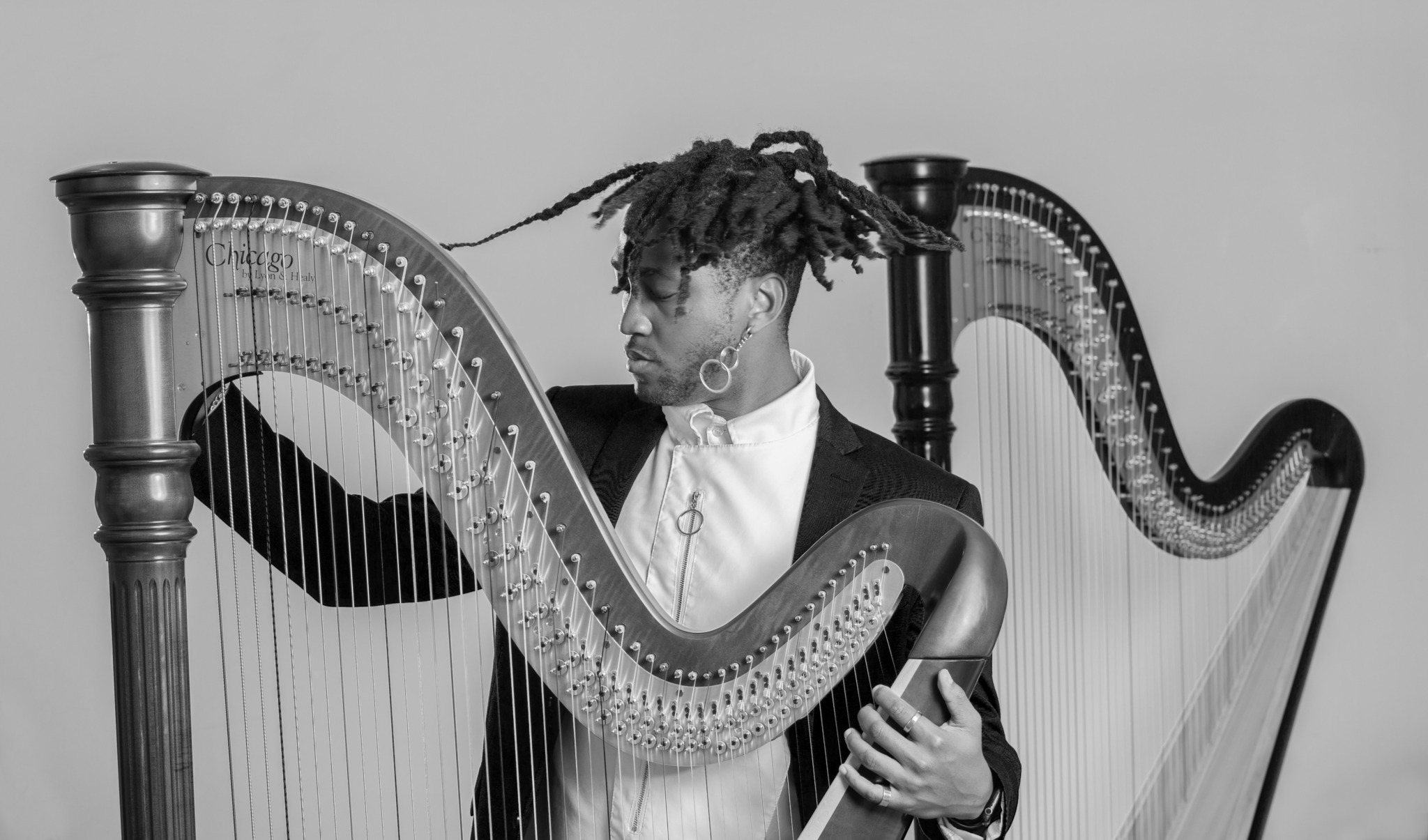
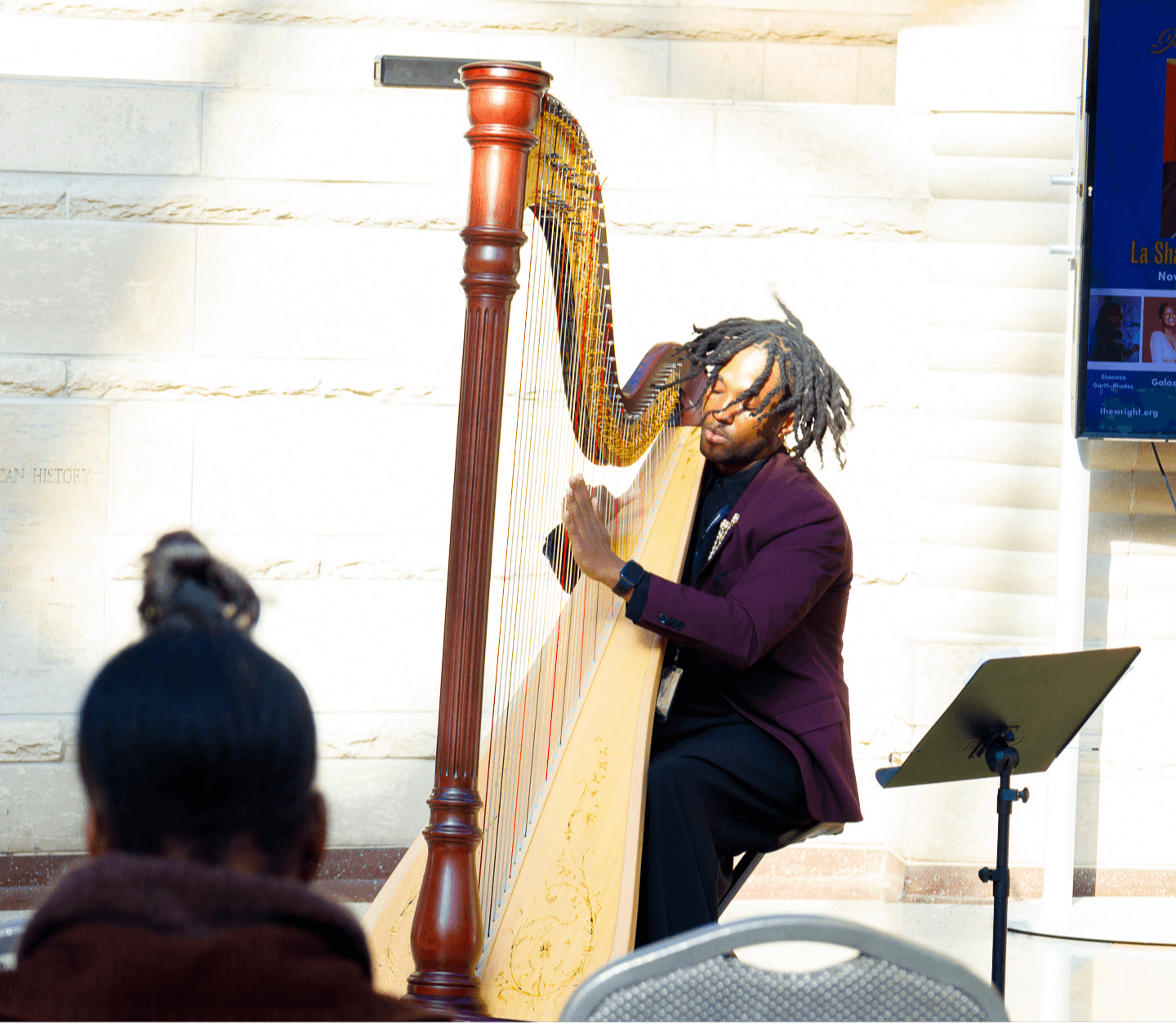
As always, we appreciate you sharing your insights and we’ve got a few more questions for you, but before we get to all of that can you take a minute to introduce yourself and give our readers some of your back background and context?
I am an interdisciplinary artist, musician, educator, and cultural strategist originally from Kingston, Jamaica, now based in Detroit, Michigan. My creative and professional journey has been shaped by a deep curiosity about the intersections of visual storytelling, performance, history, and social impact. My work spans fine art, music composition, curation, arts education, and nonprofit leadership, all grounded in the belief that art is not just a means of expression but a transformative force capable of shaping culture, policy, and community engagement.
My introduction to the arts began in Kingston, Jamaica, where I was immersed in a rigorous education that explored historical perspectives, music performance through voice and theatre, writing, the sciences, and visual art. This early exposure laid the foundation for my interdisciplinary practice, showing me how creativity could serve as both aesthetic expression and intellectual inquiry. After sixteen years in Jamaica, I pursued formal training at the College for Creative Studies (CCS) in Detroit, Michigan, and the Paris College of Art in France, which further deepened my understanding of visual storytelling, post-colonial theories and frameworks, and the intersections of design, history, and social impact. However, my most valuable lessons have come not just from academia but from lived experience—immersing myself in different creative industries, working across disciplines, and developing projects that exist at the crossroads of art, education, and cultural advocacy.
What I Do: Creative Work, Services, and Problem-Solving
My work is rooted in visual art, music, research, cultural strategy, and nonprofit leadership. As a visual artist, I create works that explore migration, identity, memory, and the human condition, often influenced by postcolonial theory and my own lived experiences across different cultural landscapes. My artwork has been exhibited at Sotheby’s Auction House in New York, Val de Vie Estate in South Africa, Galerie Josephe in Paris, and several other international venues.
As a musician and composer, I am particularly focused on the harp, blending improvisation with structured compositions to create sonic narratives that explore the relationship between physics, space, time, and emotion. I have had the privilege of performing at significant venues such as the Detroit Symphony Orchestra Hall, Théâtre Douze in Paris, and the Faena Forum in Miami. My music is not confined to a single genre—it is a dialogue between classical influences, film soundtracks, reggae, flamenco, blues, jazz, and experimental soundscapes.
Beyond my artistic and musical practice, I am also the Founder and Executive Director of Mirrored Glass, Inc., a nonprofit dedicated to fostering artistic growth among interdisciplinary artists who intentionally use their practices to serve the communities in which they live. Through Mirrored Glass, Inc., I develop programs and initiatives that support artists, musicians, and cultural workers in creating socially impactful work while ensuring they have access to funding, education, and professional development opportunities.
One such initiative is our Art + Technology program, where we collect quantitative data from communities and lived experiences and translate them into qualitative expressions through intentional art-making. This process engages the public in real-time dialogue about the impact and role of the arts, making abstract data tangible and accessible through creative expression.
In addition to my leadership at Mirrored Glass, Inc., I also work at the intersection of arts, research, education, and institutional development. My projects often involve collaborating with museums, universities, and cultural organizations to create programming, curricula, and initiatives that amplify underrepresented voices. Some of my institutional work includes collaborations with the Charles H. Wright Museum of African American History, the restoration of the Kiah House Museum—the first Black museum of the South—in Savannah, GA, and the University of South Florida’s National R.E.A.C.H. Initiative, among others. Through these initiatives, I help bridge the gap between artistic expression and educational frameworks, ensuring that art serves as both a reflective and instructive force in society.
What Sets Me Apart?
What sets me apart is the interdisciplinary nature of my work and my ability to merge different creative and intellectual fields seamlessly. I do not see myself as just an artist, just a musician, or just an educator—I see myself as someone who builds ecosystems where art, music, education, and strategy inform one another. This means that my approach is not limited to one medium or industry; rather, I create holistic experiences that invite people to engage with art and culture in new ways.
Additionally, I bring a culturally inclusive and globally informed perspective to everything I do. Having lived and worked in Jamaica, Detroit, and Paris, my work reflects a layered understanding of migration, cultural identity, and storytelling traditions from different parts of the world. My approach to art and education is deeply informed by my background, allowing me to create projects that resonate across different cultural and historical landscapes.
What I Am Most Proud Of
I am most proud of the ways in which my work creates space for others, offering them hope, affirmation, and the permission to exist as their fullest selves. Whether through visual storytelling, music, or nonprofit leadership, my goal has always been to use art as a catalyst for self-discovery, healing, and empowerment.
As an artist, my practice is deeply personal yet universally resonant. My work is an exploration of memory, migration, identity, and the tensions between past and present. Through visual art, I translate personal experiences and collective histories into layered narratives that invite reflection and introspection. My compositions for the harp embody a similar ethos—blurring the lines between structure and improvisation, tradition and experimentation, allowing sound to become an emotional language that speaks beyond words. Whether through painting, photography, mixed media, or music, my practice is centered on creating work that fosters emotional and intellectual connection. I am proud of how my art challenges conventions, asks difficult questions, and gives people a mirror in which they can see parts of themselves reflected.
I have witnessed firsthand how art can uplift, inspire, and give people the courage to embrace their identities without fear or compromise. Whether working with young artists, emerging musicians, or cultural institutions, I strive to create safe, expansive spaces where creativity is not just allowed but celebrated as an essential part of human existence.
What I Want People to Know About My Work
At its core, my work is about bridging disciplines, fostering cultural dialogue, and using art as a tool for critical inquiry and transformation. Whether through visual art, music, nonprofit leadership, education, or strategic collaborations, I strive to create work that challenges, inspires, and offers new ways of engaging with history, identity, and the world around us.
For potential clients, collaborators, or followers, I want them to know that my work is deeply intentional, immersive, and designed to push the boundaries of what art can do. Whether I am working on a commissioned piece, a curated experience, a nonprofit initiative, or a collaborative project, I approach every endeavor with the same level of rigor, thoughtfulness, and commitment to excellence.
More than anything, I want people to understand that my work is not just about aesthetics—it is about telling stories, preserving histories, and building creative infrastructures that will have a lasting impact. I see art and music as forces of transformation, and I am committed to ensuring that my work continues to contribute to that transformation in meaningful ways.
Moving forward, I am excited about the possibilities that lie ahead—new collaborations, new artistic explorations, and new ways of expanding the reach and impact of my practice. I welcome anyone who shares this vision to join me on this journey, whether as a collaborator, supporter, or fellow creative.


For you, what’s the most rewarding aspect of being a creative?
For me, the most rewarding aspect of being an artist is the ability to create worlds where people can see themselves, feel understood, and exist without limitation. Art is more than just a form of expression—it is a language that speaks across time, culture, and experience, offering people the permission to feel, to reflect, and to connect with something greater than themselves.
As an artist, I have the privilege of translating thoughts, emotions, and histories into tangible forms—whether through visual art, music, or interdisciplinary projects—that allow others to see new possibilities within their own lives. When someone encounters my work and tells me that it made them feel seen, empowered, or even just momentarily transported to a space of beauty and clarity, that is the deepest fulfillment I can experience.
Art has the power to heal, to disrupt, and to reimagine the world as it could be. The most rewarding moments come when I witness the impact of my work beyond the studio or stage—when a composition resonates with someone who needed to hear it, when an artwork sparks a conversation that leads to deeper understanding, or when a student finds the courage to explore their own creative voice because they see representation in what I do.
Ultimately, the greatest reward of being an artist is knowing that my work has the potential to outlive me, to continue inspiring, comforting, and challenging people long after I am gone. Art allows me to contribute something meaningful to the world—something that gives others permission to exist, to dream, and to be fully themselves.
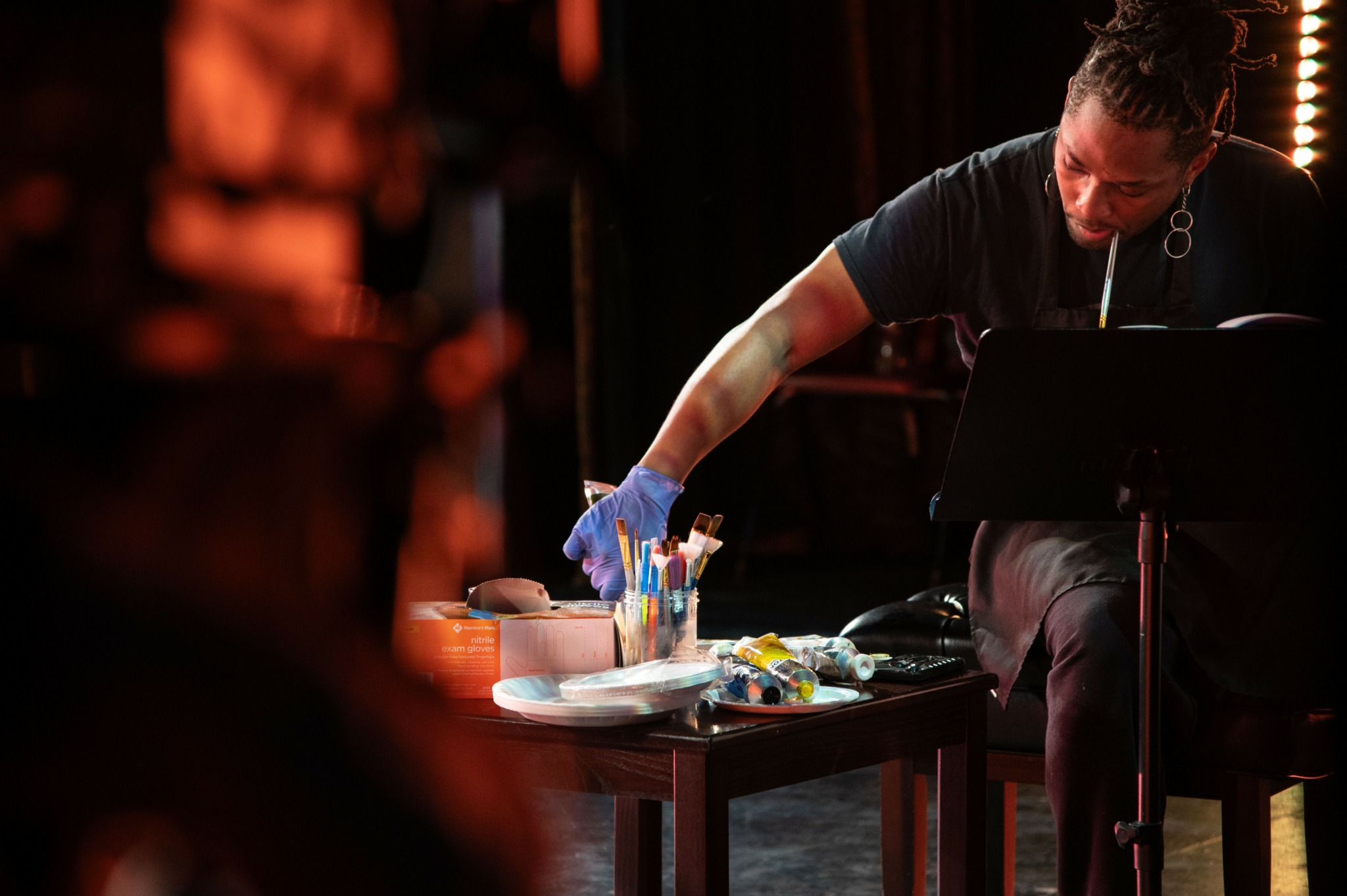
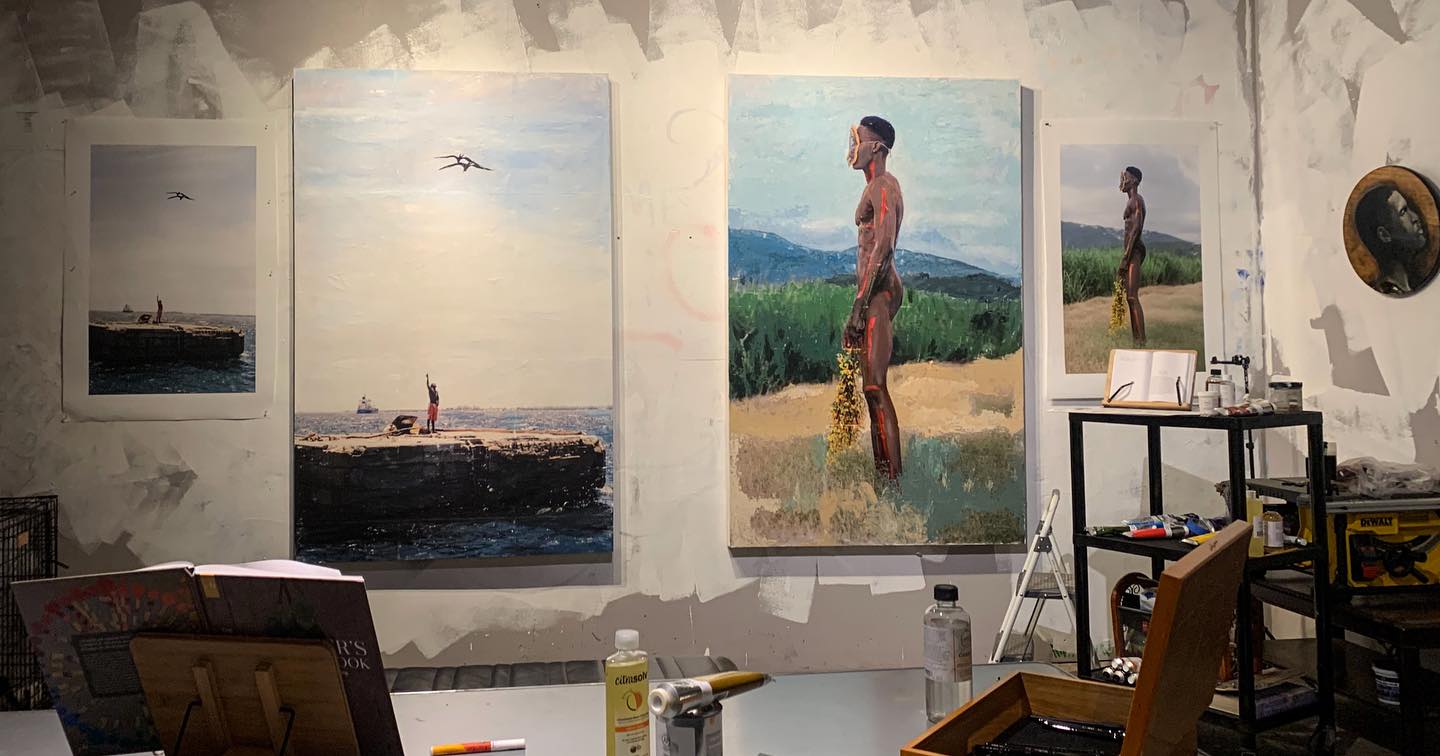
Is there something you think non-creatives will struggle to understand about your journey as a creative?
One thing that non-creatives often struggle to understand about the journey of an artist is the emotional, intellectual, and existential depth that fuels our work. Being an artist is not just about producing something beautiful or marketable—it is about translating experiences, histories, and emotions into forms that communicate beyond words. This process is deeply personal, often demanding introspection, vulnerability, and the willingness to sit with uncertainty in ways that many structured professions do not require.
For many creatives, our work is not separate from who we are. There is no clear boundary between “work hours” and “life” because creativity is an ongoing dialogue between what we see, feel, and experience in the world. It is waking up with an idea at 3 AM, seeing colors in music, hearing rhythms in conversations, or feeling a deep need to express something that has no clear shape yet. This process is not always linear or immediately rewarding—sometimes, we work on a piece for years before we fully understand what it means.
Another aspect that non-creatives may not fully grasp is the emotional labor and resilience required to sustain a creative career. Unlike traditional professions where success is often measured by linear promotions or financial stability, an artist’s journey is filled with cycles of creation, rejection, reinvention, and risk. There is no universal roadmap, no guaranteed stability, and often, no safety net. Choosing to be an artist means choosing to exist in a space where validation, income, and recognition can be unpredictable—but where the work itself remains an undeniable calling.
Additionally, there is a misconception that creativity is effortless—that artists are simply “gifted” or that ideas flow naturally. In reality, creativity requires discipline, practice, and a relentless pursuit of growth. Many people see the final product but do not witness the countless hours of failure, self-doubt, and iteration that come before it. The best artists are not just talented; they are relentlessly committed to refining their craft, questioning their own ideas, and pushing past limitations that others might not even see.
What I hope non-creatives understand is that artists do not create just for ourselves—we create because art is a language that allows us to connect, to challenge, and to offer perspectives that might otherwise go unseen. The world often underestimates the necessity of art, yet it turns to artists in moments of crisis, celebration, and transformation. If there is any insight I can offer, it is this: supporting artists is not just about buying work or attending shows—it is about recognizing the value of creative thought, honoring the labor behind the art, and allowing space for creativity to shape the world in ways we cannot yet imagine.
Contact Info:
- Website: https://www.ackeemsalmonart.com/
- Instagram: https://www.instagram.com/ackeemrsalmon/
- Facebook: https://www.facebook.com/ackeemroyalsalmon/
- Linkedin: https://www.linkedin.com/in/ackeemsalmon/
- Youtube: https://www.youtube.com/@ackeemsalmon
- Other: https://www.mirroredglass.org/
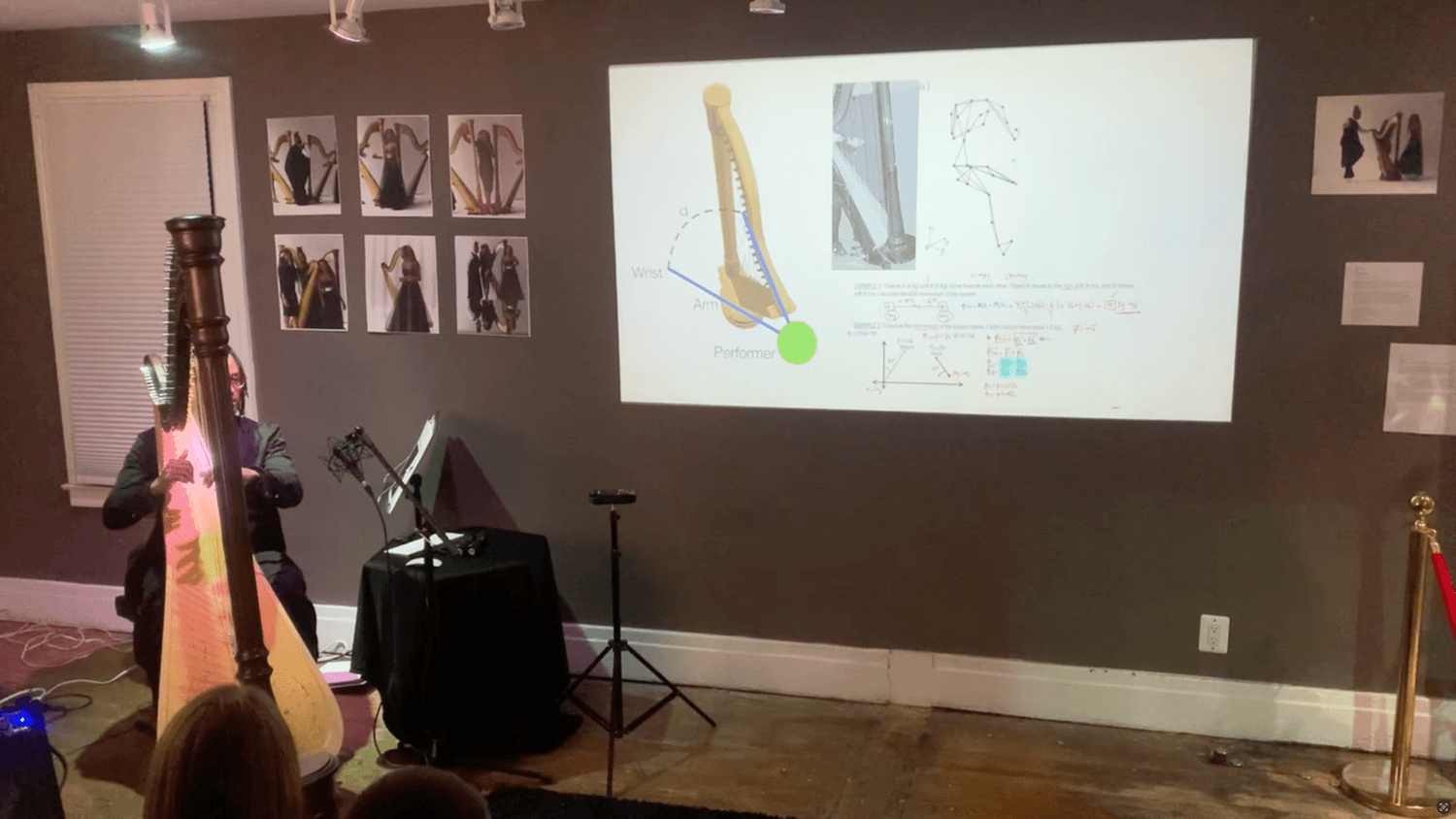
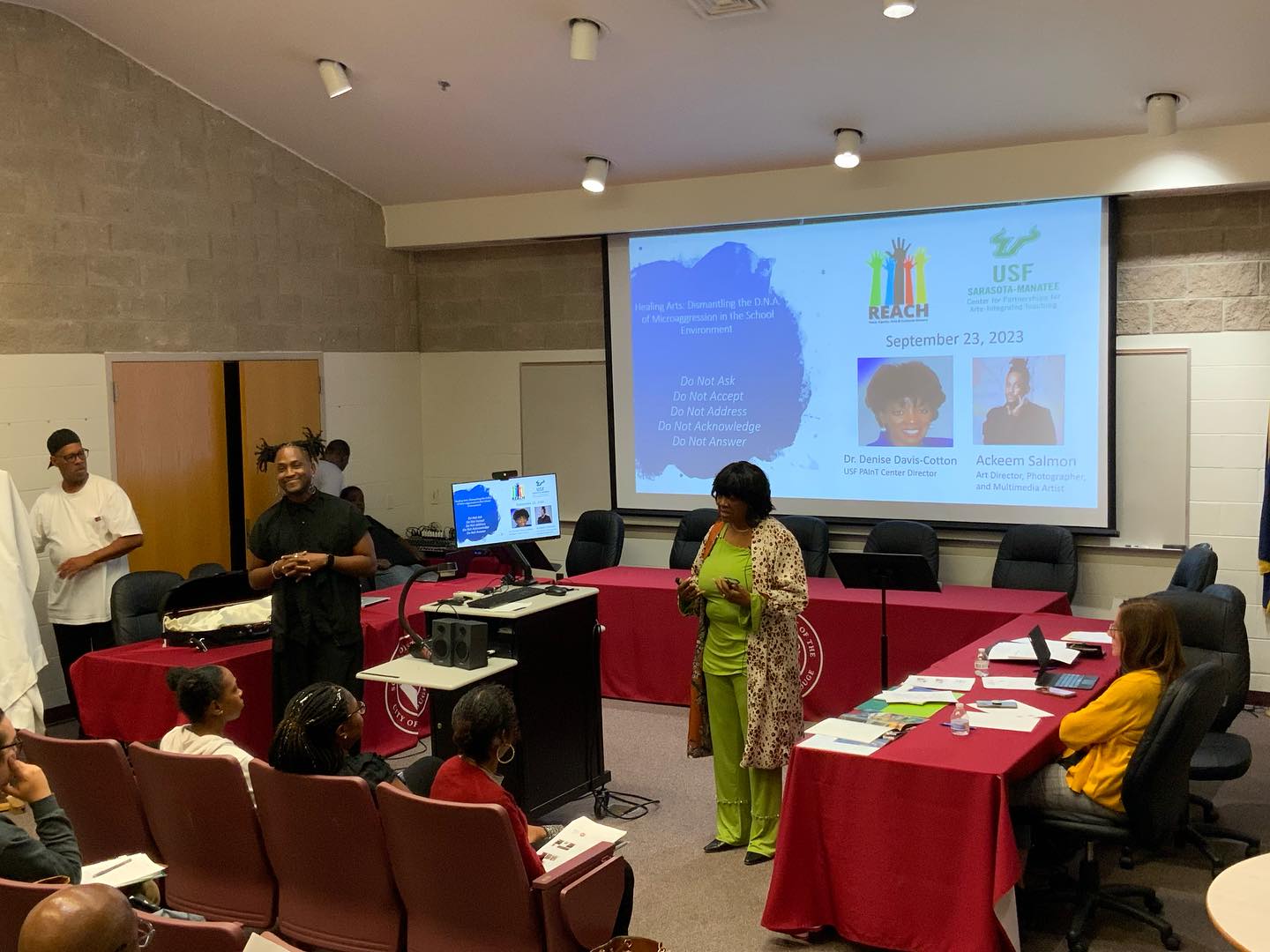

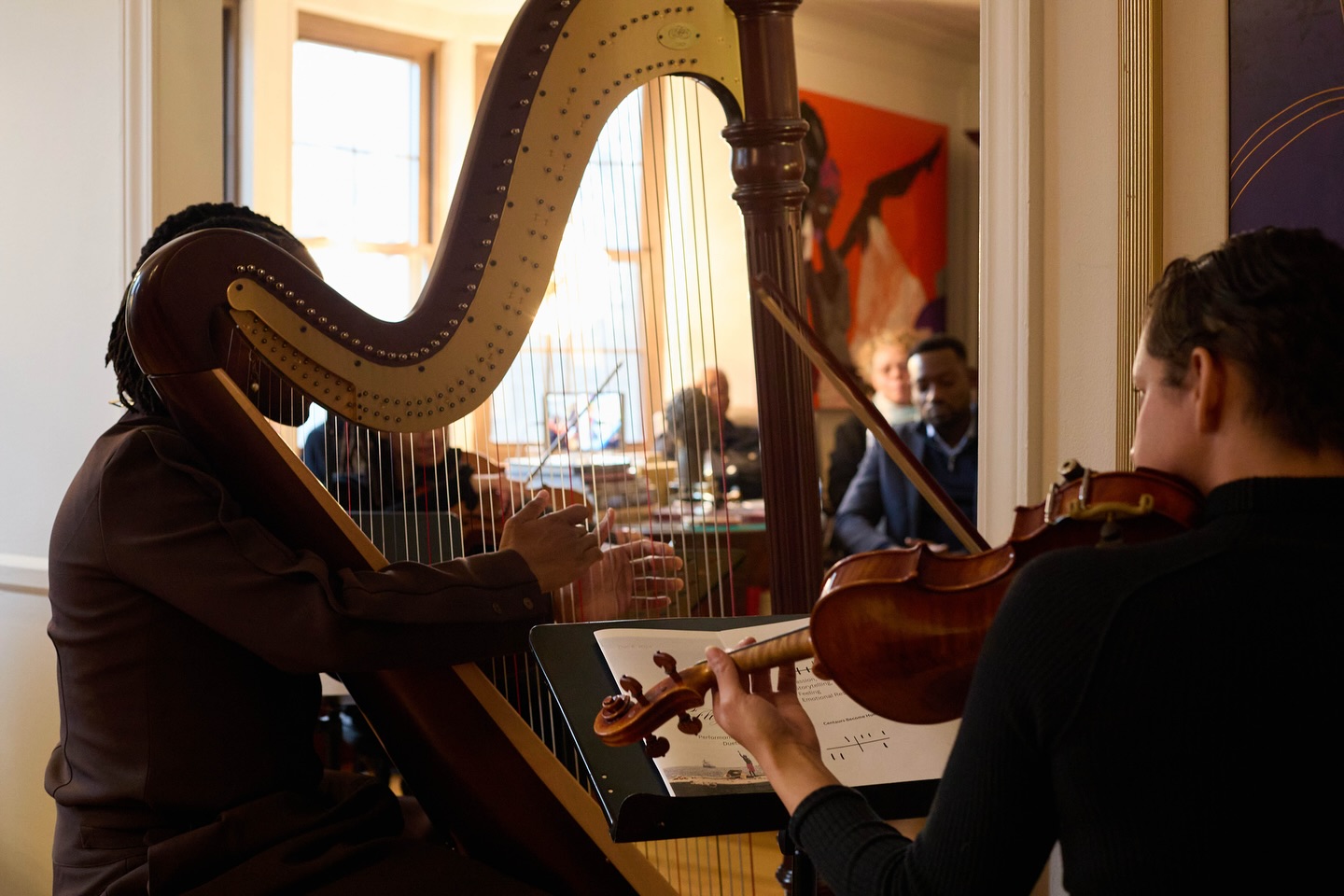
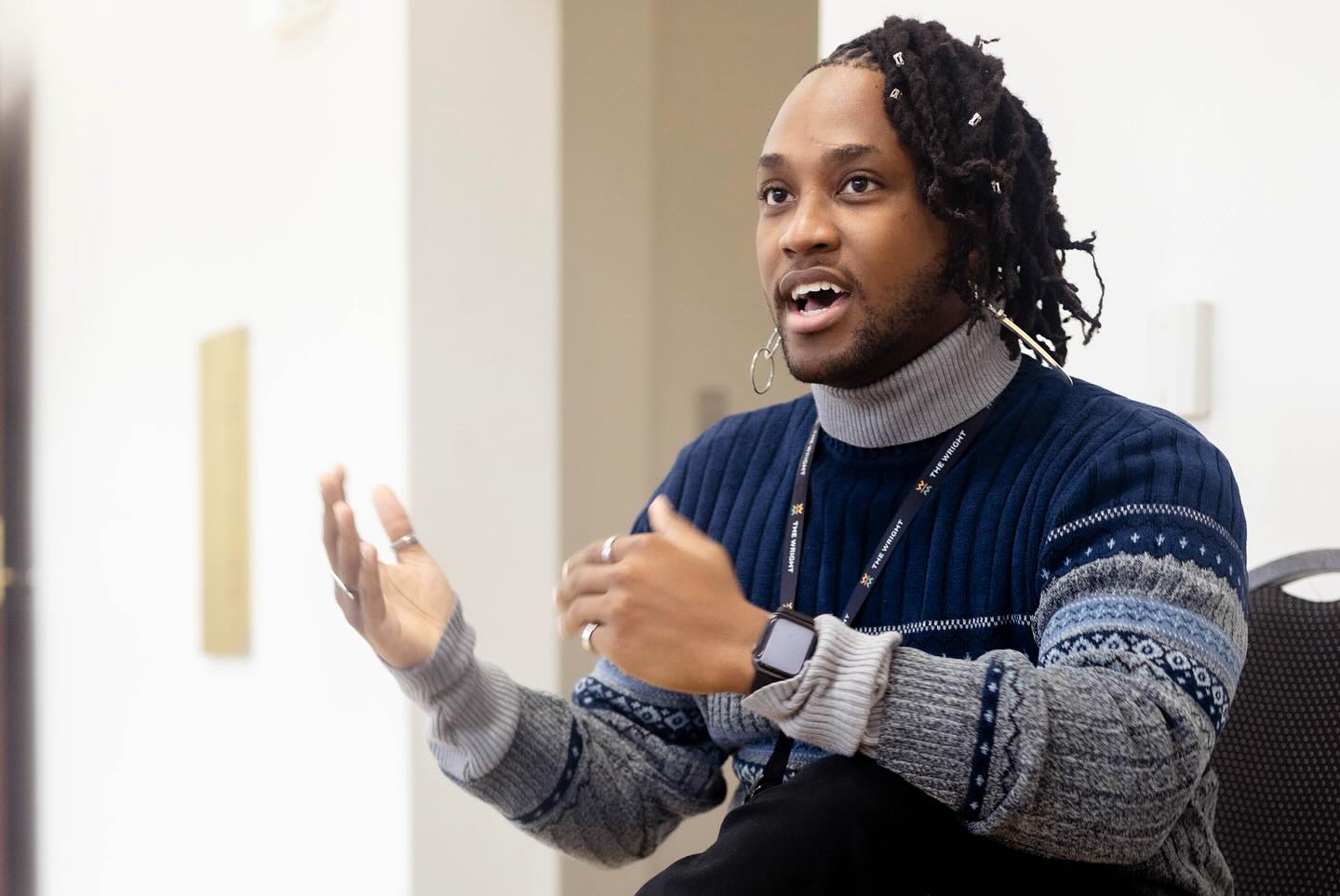
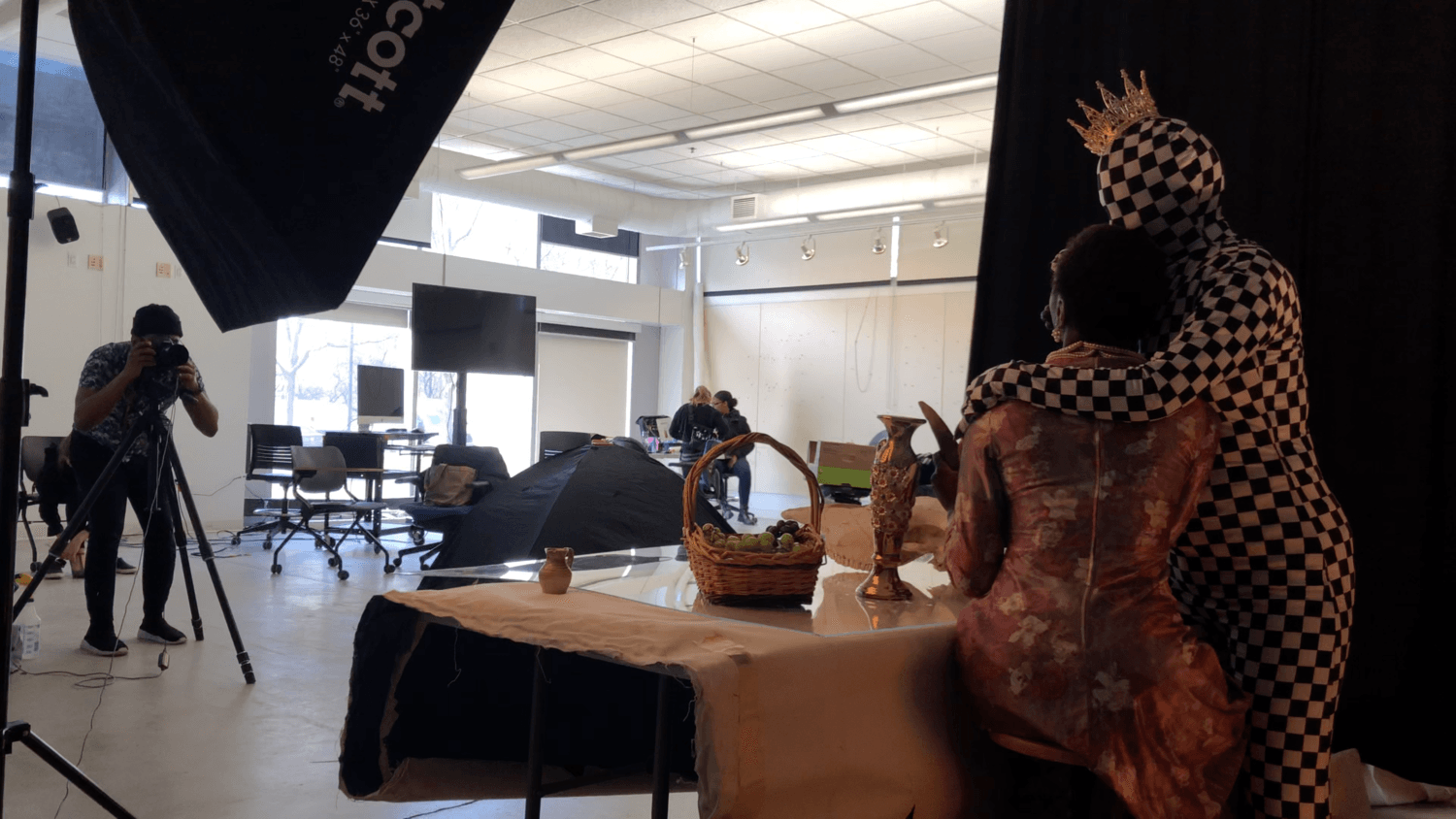
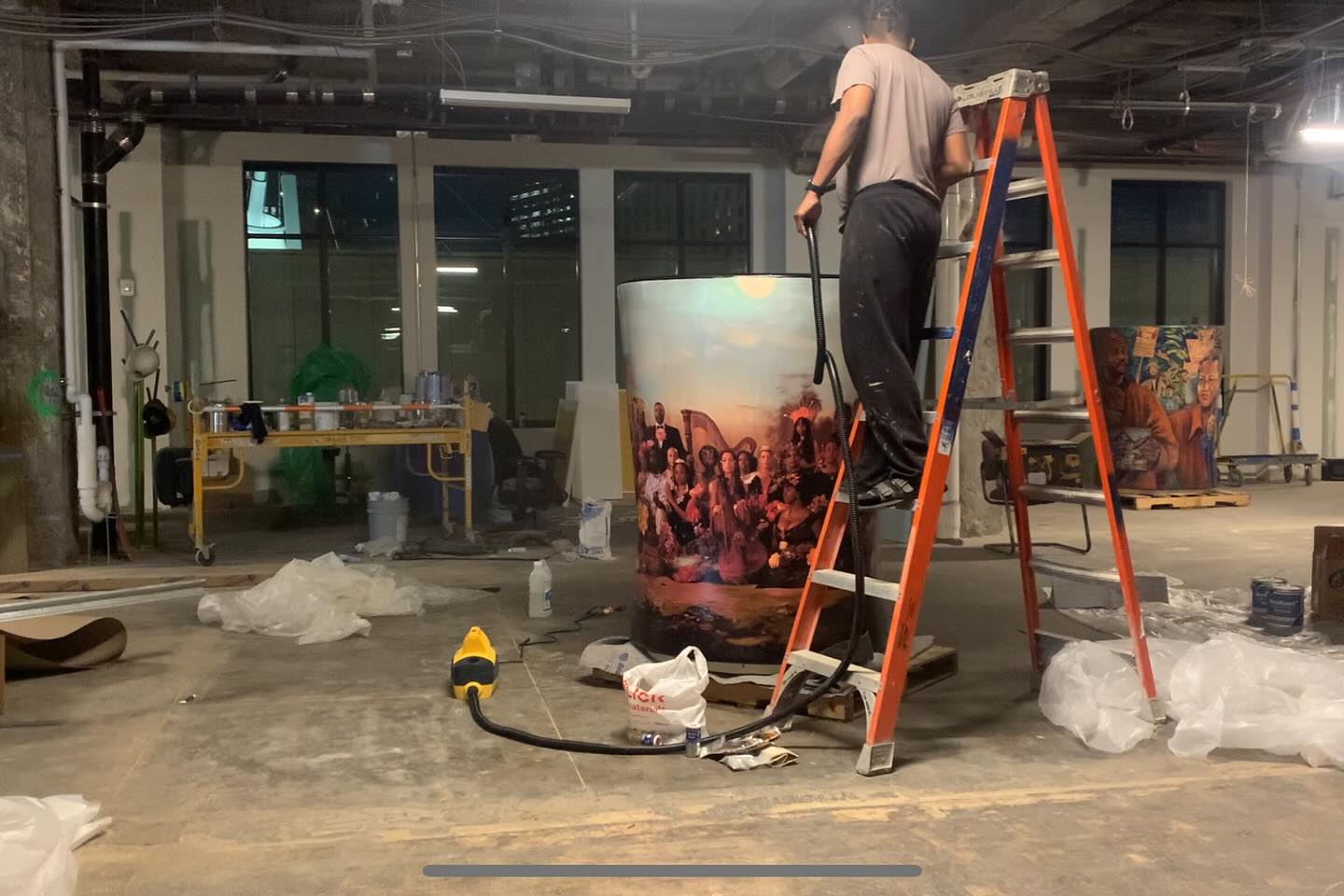
Image Credits
Image 2 (sunlight with harp) Jason Freeman
Image 4 (Portrait in-front YoungArts pink banner)
Diana Zapata / National YoungArts Foundation
Image 9 (Ackeem’s Artwork) Ackeem’s Original Work, “Belle Isle, 2024” (c)
Image 10 (Harp Group performance)
Ashleigh Givens
Image 11 (Ackeem Delivering a presentation)
The Charles H. Wright Museum of African American History


